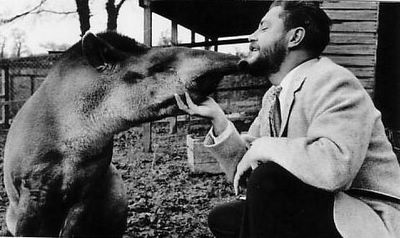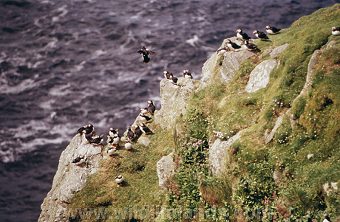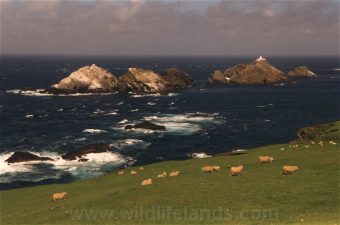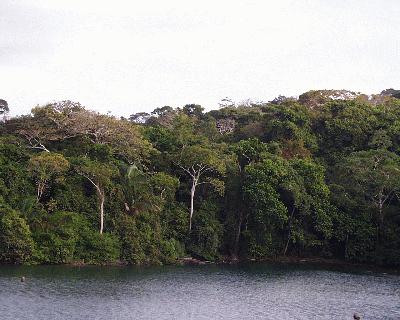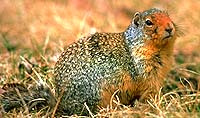
Now, with the dampness in the air and the rich, moist layer of dead leaves, this was the time of the fungi and they were everywhere in profusion. Their fantastic shapes were like a Martian world. They seemed endless in form and colour. Mushrooms as pink as sugar icing, mushrooms grey and silky as a seal, mushrooms curved upwards, showing their gills like the leaves of a book, others like umbrellas disembowelled by the wind, some like dainty summer parasols, some like Chinese hats, others crowded together like tables in front of a French cafe or bubbling like waterfalls from the bark of trees. There were some like complex pieces of coral or slivers of orange peel; the sulphur-tufts, yellow as canaries, the grisettes a rich foxy red; parasol mushrooms, pale caramel-coloured with scales on top like tiles on a roof, or the pholiota, pale brown with scales like fur.
Then there were the fascinating names they were called. the scientists who collect and classify fungi have obviously a strong poetic streak in them and have given them names like the Shaggy Ink Cap, or Lawyer's Wig, the Weeping Widow, the Penny Bun, Slippery Jack and Deyrads Saddle. Then lurking among the trees you will find the Varnished Death Cap and the ivory-white Destroying Angel, its uneven top looking like a tombstone angel's wings. The there were the huge, flat, plate-like beefsteak fungi, clamped so tightly to the tree trunks it was possible to sit on them as one would sit on a shooting-stick without breaking them off. There were the puffballs, round and soft, which, at the touch of a finger, would give off a puff of minute spores, a silent, mist-like explosion that would send future generations drifting across the forest floor like trails of smoke.
